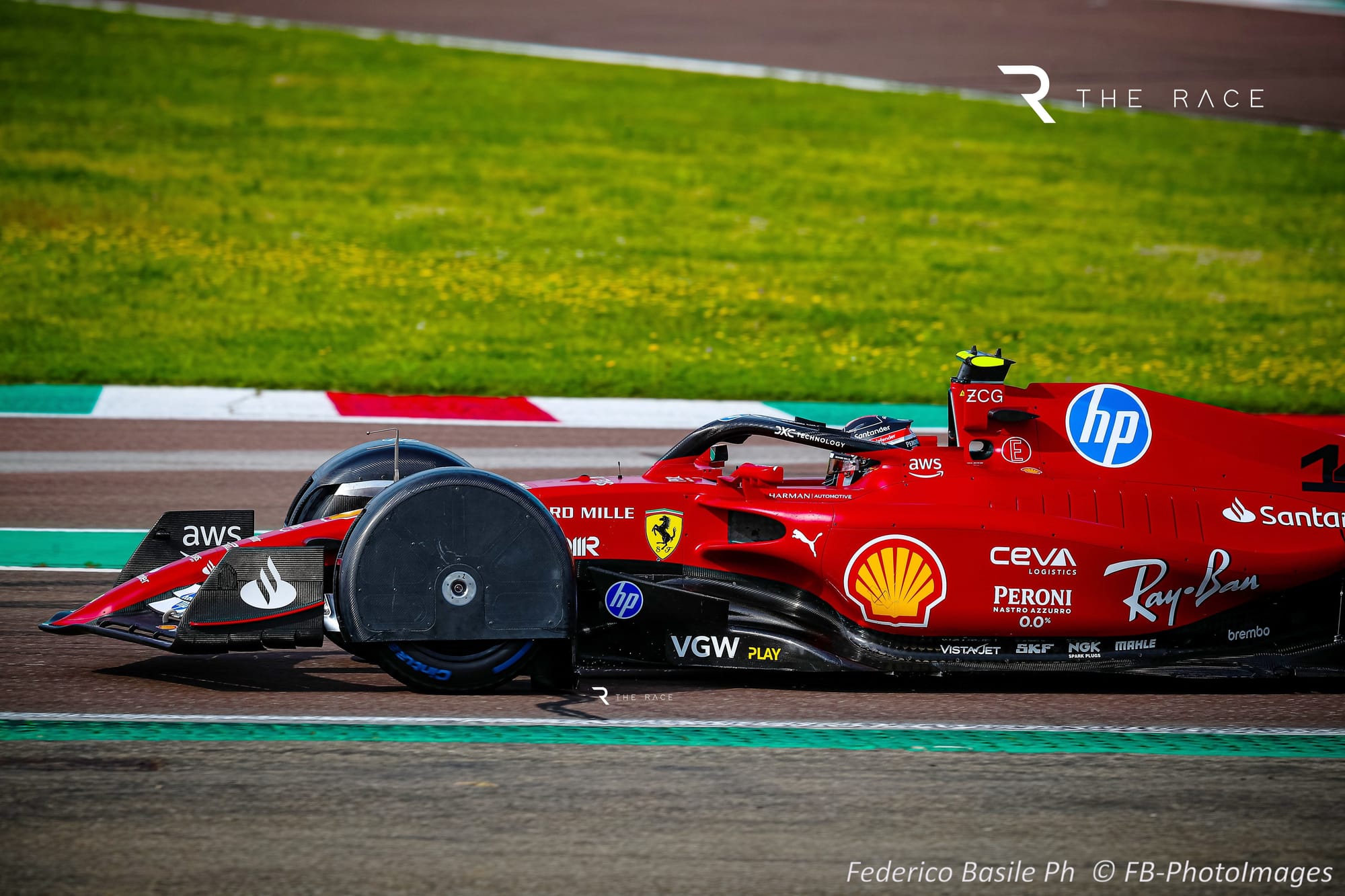Ferrari has tested two striking new versions of the FIA’s experiment spray guards using a 2022 car at its Fiorano test track.
Arthur Leclerc, younger brother of Charles and a member of the Ferrari Driver Academy, took the wheel of the car that featured far more dramatic wheel covers than the version first tested by Mercedes last year.
A second Ferrari running in conventional spec also ran in the wake of the car equipped with the WWP to evaluate visibility.
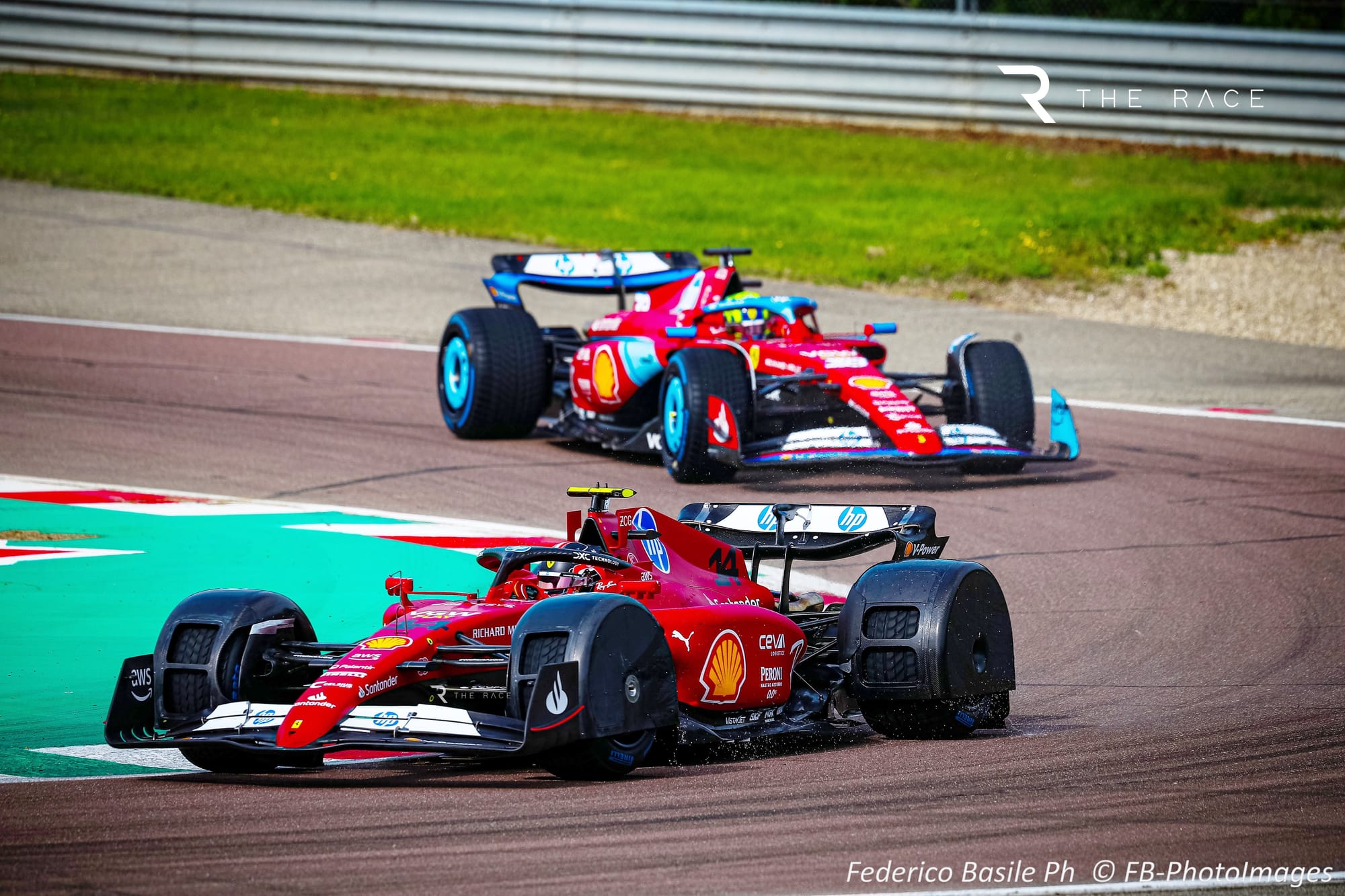
Two variants of the spray guard were tested, one with greater cutouts on the sidewalls (below), and some without (above).
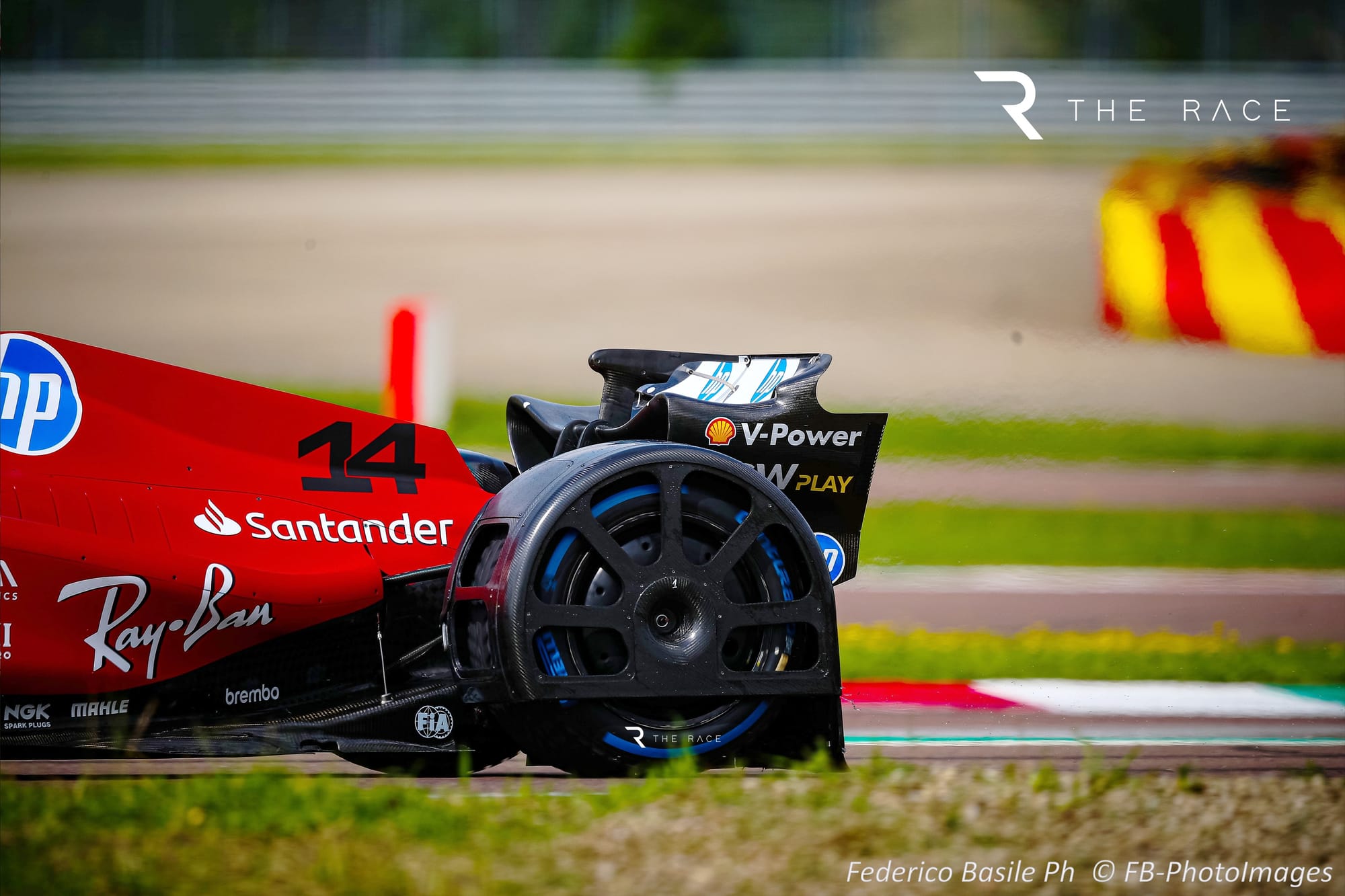
What is officially called the ‘Wet Weather Package’ – WWP for short – is conceived as a spec kit that can be bolted onto cars to run in wet conditions where otherwise the visibility wouldn’t be good enough. This is to prevent a repeat of the farcical 2021 Belgian Grand Prix, in which the result was declared based on a single lap of running under the safety car.
This is not the definitive version of the WWP, but the latest step in data-gathering and correlating the off-track simulation work. The FIA says that “the geometries tested are not yet final solutions, but this exercise will help assess whether the simulations accurately capture the intricate physics of an F1 car in wet conditions”.
When the first version of the WWP was tested last year using a Mercedes driven by Mick Schumacher at Silverstone, it was found that the amount of spray generated was greater than hoped.
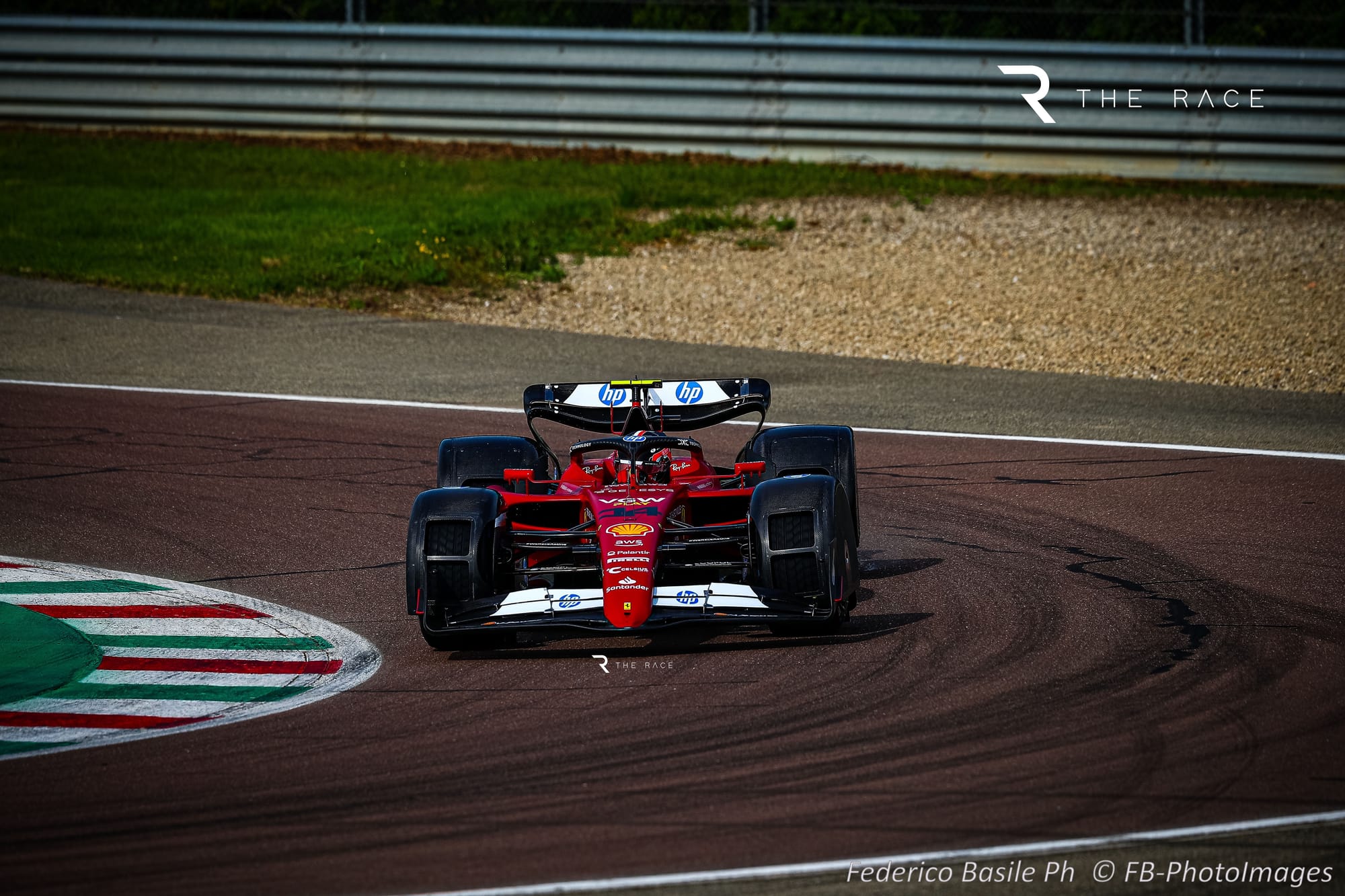
The wheel covers used there were relatively compact and in two sections, meaning the FIA targeted testing a second version that encloses far more of the wheels – hence the bulky versions run by Ferrari. This test will play a key role in setting the direction for the FIA’s ongoing attempt to develop an effective WWP.
“What we’re testing in May isn’t the final solution,” FIA single-seater technical director Nikolas Tombazis told media, including The Race, in November. “It’s information gathering to see if that is actually the right path.
“Things would have to go reasonably well to have it in 2025. If that fails, then it would have to be 2026. It would be part of the new package of regulations. Alternatively, if the test doesn’t go well in spring, we may abandon that course and then have to really think about what we do.”
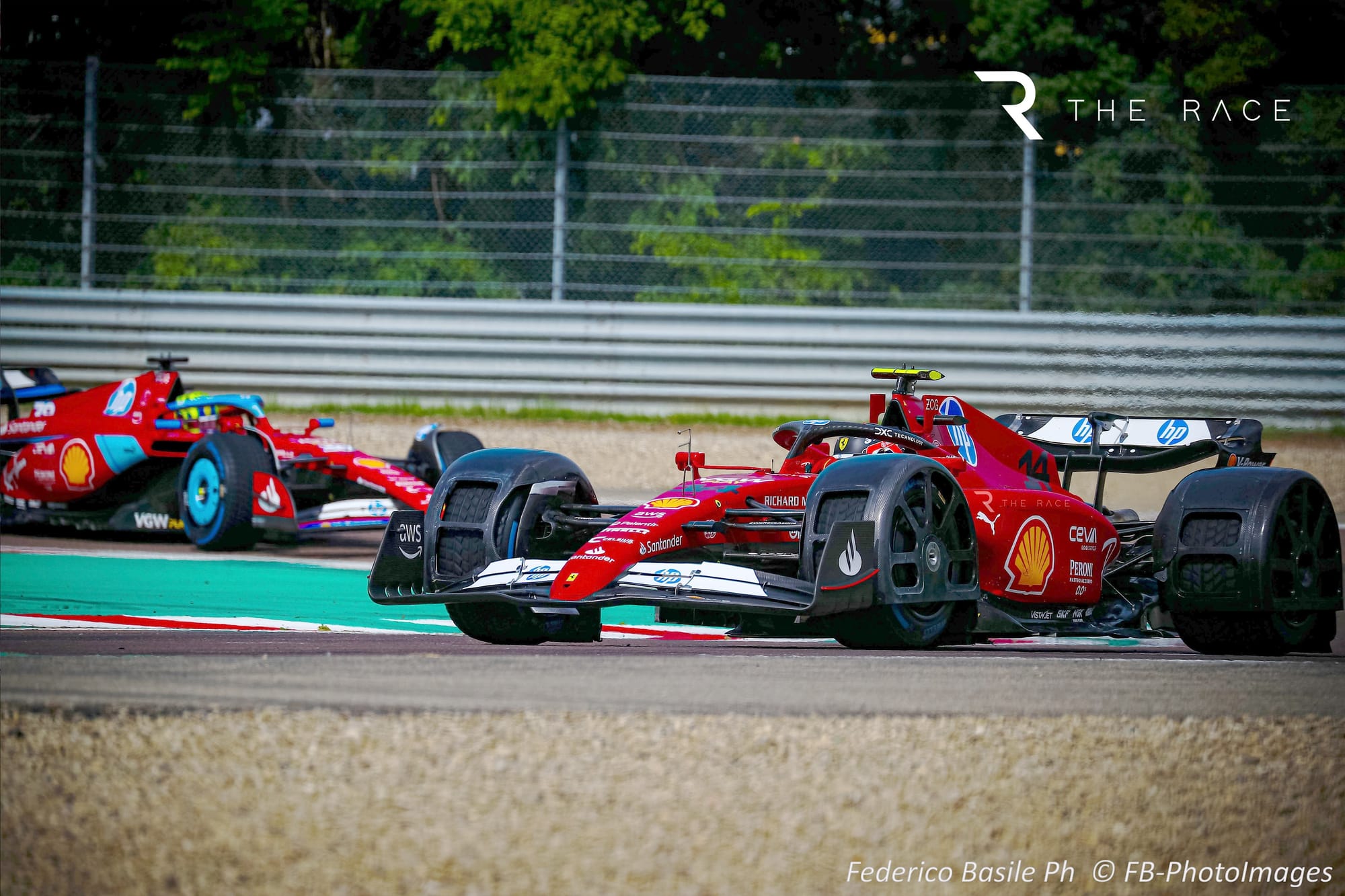
The main question the FIA must answer before the WWP package can be finalised and included in the regulations is whether covering the wheels can reduce the spray sufficiently – with the target being approximately to halve it.
This is because a significant amount of spray is thrown out from the floor out of the diffuser, which cannot be enclosed for aerodynamic reasons.
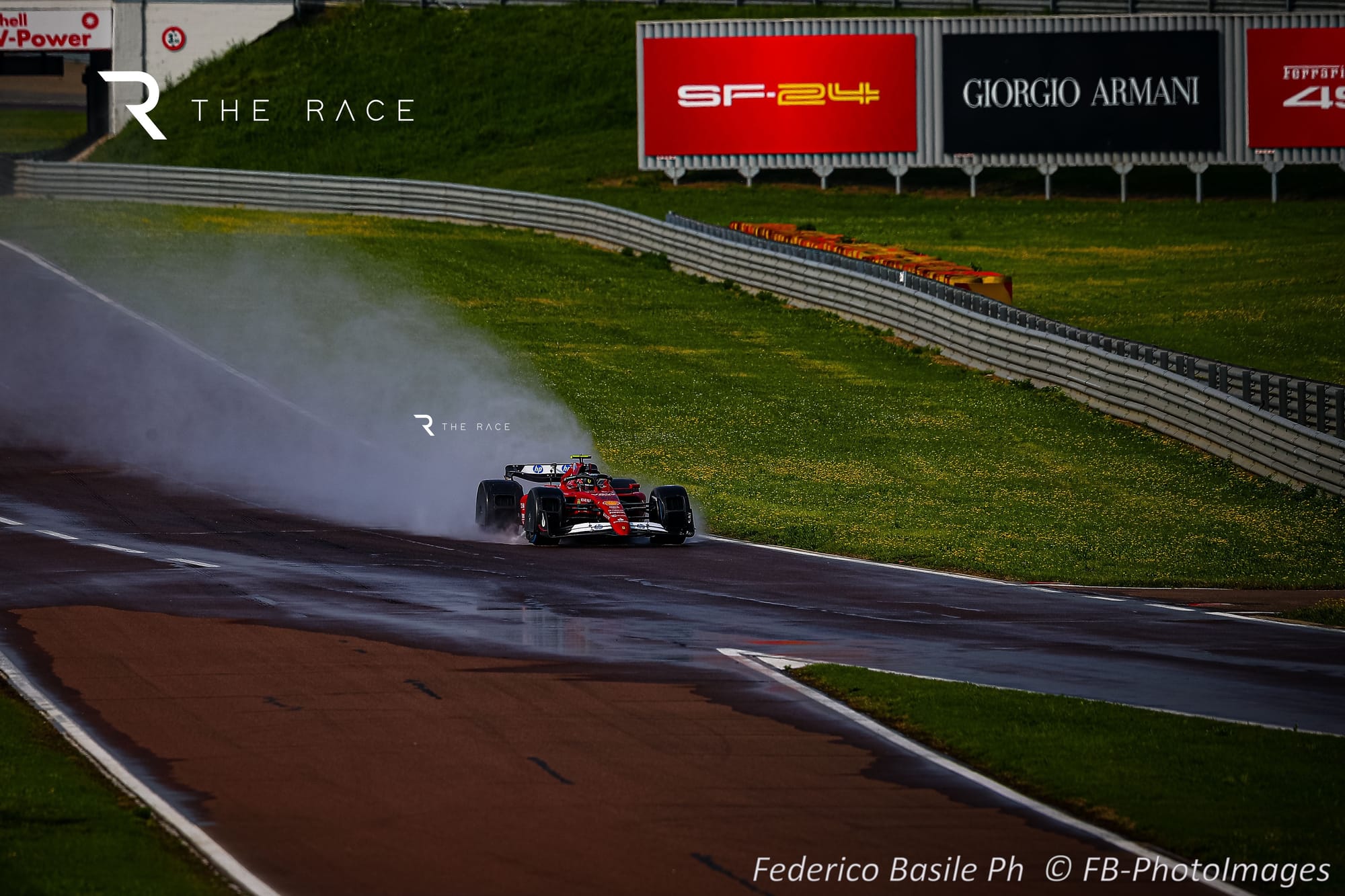
“What we still have a doubt about is what proportion of the problem is due to the overall diffuser and sucking the water from the track, which is something clearly this thing won’t fix, and how much of it is because of the wheels,” said Tombazis.
“We know both factors are quite significant, so we’re not aiming to solve everything. We know there will still be visibility issues.
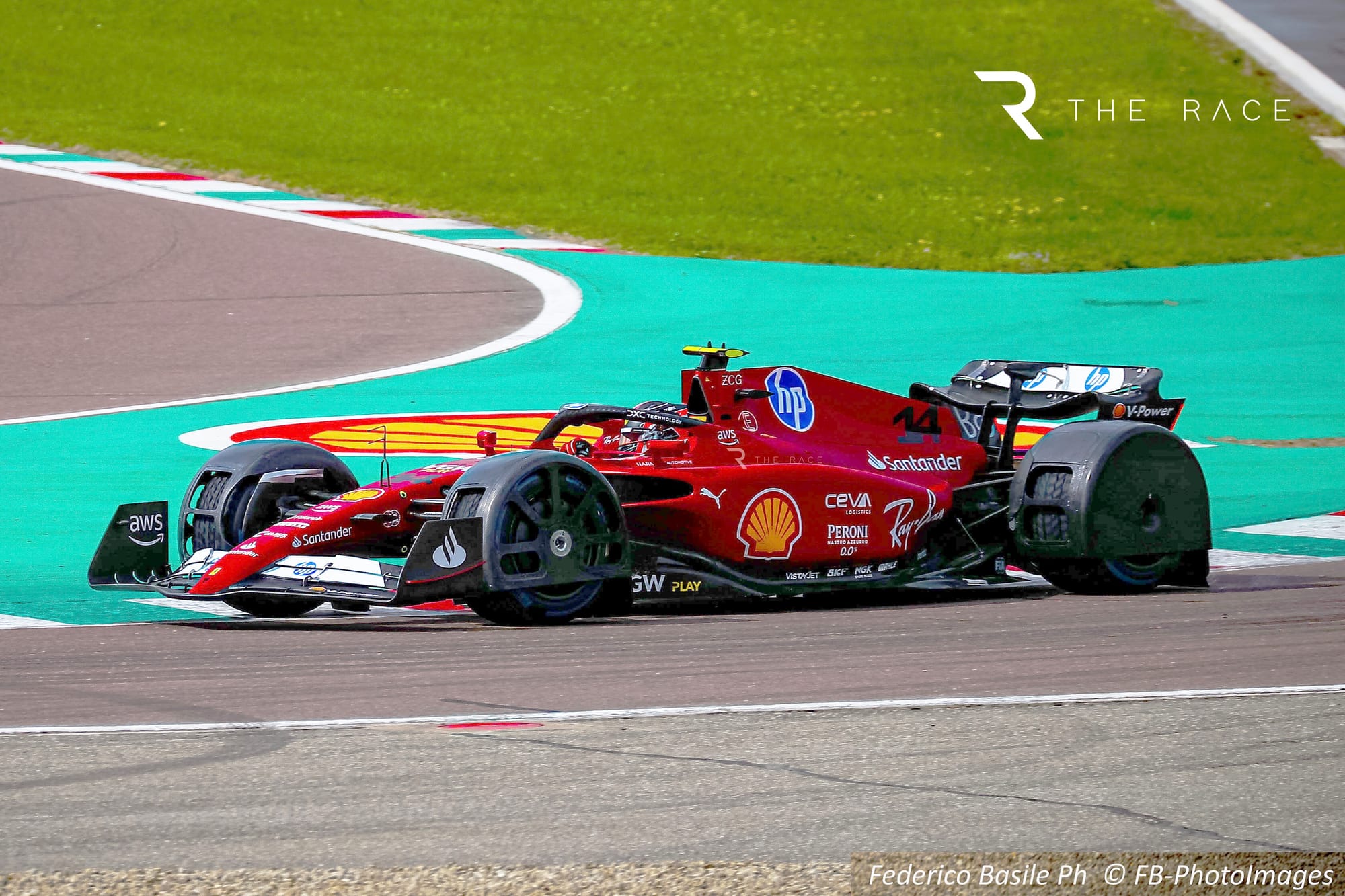
“It would be too complicated to do on a set of regulations with cars that have to be in one configuration when it’s dry and have to change when it’s wet. That would be probably a bit too complicated.
“If we conclude that the main factor is nonetheless the diffuser. First of all, I think that the direction that 26 regulations are going, would probably be a step improvement. But secondly, then we would be able to focus some of the work there and see what more we can do.”
